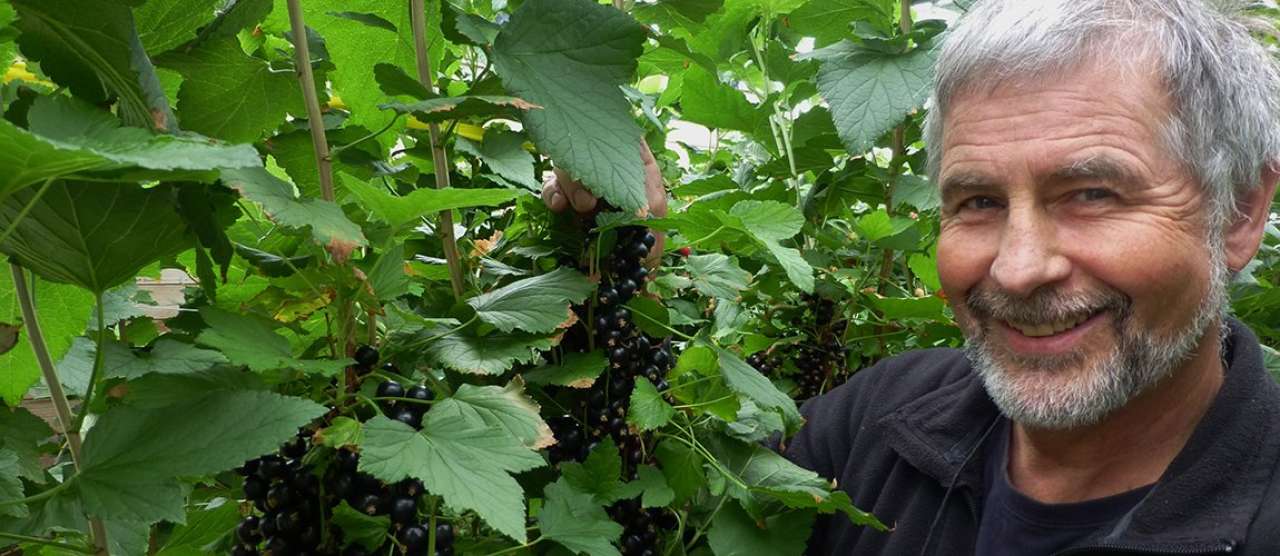Blackcurrants can give new life to old greenhouses

Photo: Anne Kvitvær.
Blackcurrant is the latest of the healthy summer berries. The super-healthy berries are used as a rule for juices and jams, but with new growing techniques blackcurrants are also harvested for consumption when fresh.
As elsewhere in agriculture, there is a structural rationalization within the greenhouse sector. Bigger and more cost-efficient greenhouses take over, and older greenhouses are being phased out. In the greenhouse county of Rogaland there are therefore many empty greenhouses.
"These could be used for less energy-intensive production", says Scientific Adviser Åge Jørgensen at NIBIO.
"Consumption of fresh berries in Norway has increased greatly in recent years", says Jorgensen. He works to develop this concept, and believes that old greenhouses can be suitable for growing strawberries, raspberries, sweet cherries, redcurrants and blackcurrants.
Early harvesting
Berries were originally grown only on open land. Now an increasingly large proportion is cultivated under roofs, particularly strawberries and raspberries. Rain roofs and tunnels give control of water supply, a better climate and fewer problems with plant diseases. By moving to a greenhouse, further control is obtained as well as the possibility to prolong the growing season.
"Here production can be managed so that the berries mature outside the regular season. It’s more expensive to produce them in greenhouses, but the out-of-season berries can also be sold at a higher price. In addition, the greenhouses give much larger crops".
Blackcurrants in strawberry country
Norway is a strawberry country, with raspberry as a good number two. While black- and redcurrants are usually used as the raw material for juices and jams, these berries have experienced a large upswing as so-called "health products" in the Netherlands, Germany and England.
"If we can produce black- and redcurrants with long clusters, large berries and good taste, they have a lot of potential in Norway too", says Jørgensen.
